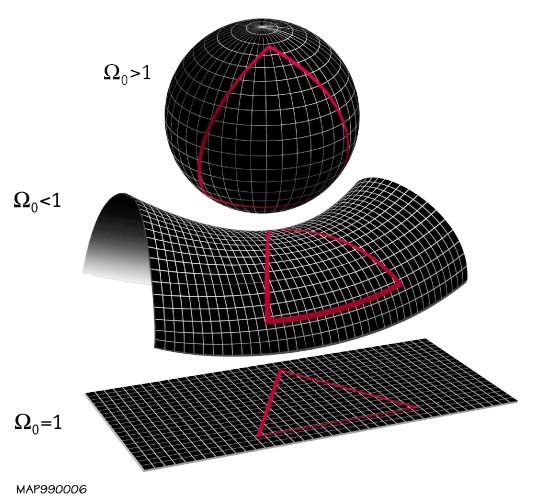Related Articles

Differential Manifolds
An \(n\)-dimensional manifold is a topological space where each point has a neighborhood that is homeomorphic to an open subset on \(n\)-dimensional Euclidean space. Let \(M\) be a topological space. A chart in \(M\) consists of an open subset \(U \subset M\) and a homomorphism \(h\) of \(U\) onto an open subset of \(R^{m}\). A...
Compatification and Massless Scattering in Anti-de Sitter Space
In theoretical physics, Minkowski Space is a particular type of \(4\)-dimensional Lorentzian space, with a Minkowski metric. Where the Minkowski metric is a metric tensor denoted as \(d\tau^2\) with the form \(-\left(d^0\right)^2+\left(d x^1\right)^2\) \(+\;\left(d x^2\right)^2+\left(d x^3\right)^2\). Minkowski space forms the basis of the study of spacetime within special relativity and is...

Quantum Fields in Anti-de Sitter Space and the Maldacena Conjecture
In theoretical physics, the Maldacena Conjecture states supergravity and string theory on the product of \((n+1)\)-dimensional Anti-de Sitter space with a compact manifold capable of describing large \(N\) limits of conformal field theories in \(d\)-dimensions. Correlation functions in CFT are dependent on the supergravity action of asymptotic behavior at infinity...